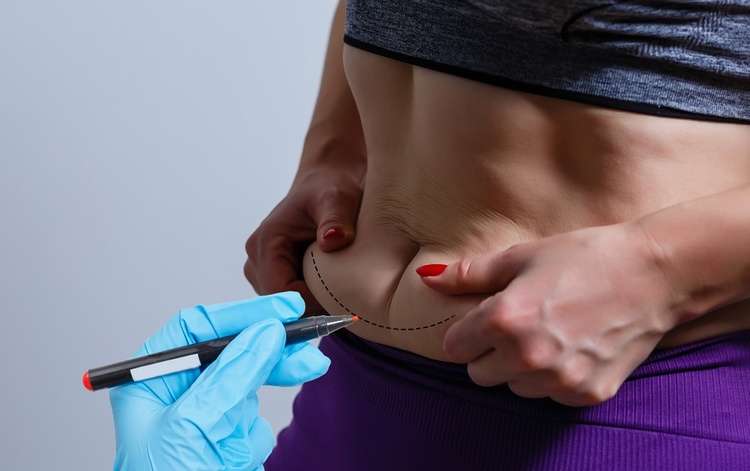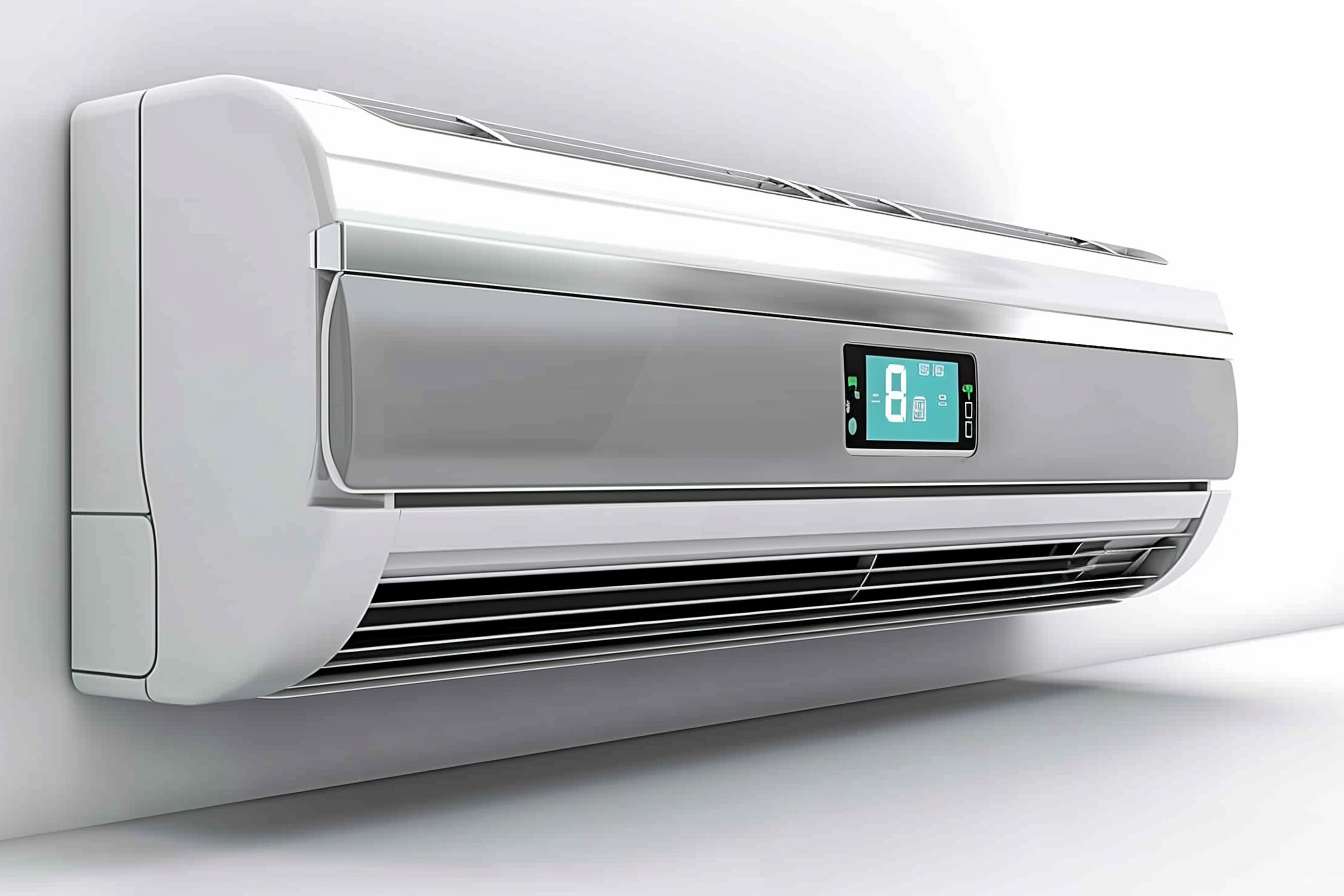Understanding Fat Removal: Options, Procedures, and Considerations
Fat removal has become a popular topic for those seeking to achieve their desired body shape. Whether you're struggling with stubborn belly fat or considering more extensive procedures, it's essential to understand the various options available, their effectiveness, and potential risks. This article will explore different fat removal techniques, from non-invasive methods to surgical procedures, helping you make an informed decision about which approach might be right for you.

How does liposuction work as a fat removal procedure?
Liposuction is a surgical procedure that removes excess fat deposits from specific areas of the body. During the procedure, a thin tube called a cannula is inserted through small incisions in the skin. The cannula is then used to suction out fat cells, reshaping the treated area. Liposuction can be performed on various body parts, including the abdomen, thighs, hips, and arms. It’s important to note that liposuction is not a weight-loss solution but rather a contouring procedure designed to remove localized fat deposits that are resistant to diet and exercise.
What is a tummy tuck and how does it differ from other fat removal methods?
A tummy tuck, also known as abdominoplasty, is a surgical procedure that goes beyond fat removal. While it does involve the removal of excess fat and skin from the abdominal area, it also tightens the underlying muscles that may have been weakened or separated due to pregnancy, significant weight loss, or aging. This procedure is more extensive than liposuction alone and is often chosen by individuals who have loose, sagging skin in addition to excess fat. The result is a flatter, more toned abdomen, but it’s important to understand that a tummy tuck involves a longer recovery period compared to less invasive fat removal methods.
What are the risks and considerations associated with surgical fat removal?
As with any surgical procedure, fat removal surgeries like liposuction and tummy tucks carry certain risks. These can include infection, bleeding, adverse reactions to anesthesia, and unsatisfactory aesthetic results. Recovery time varies depending on the extent of the procedure, but patients typically need to take time off work and limit physical activities for several weeks. It’s crucial to choose a board-certified plastic surgeon and follow all pre- and post-operative instructions carefully to minimize risks and ensure the best possible outcome.
Are there non-surgical alternatives for fat removal?
For those who prefer to avoid surgery, several non-surgical fat removal options are available. In addition to coolsculpting and ultrasound treatments mentioned earlier, other non-invasive methods include:
-
Radiofrequency treatments: These use heat to break down fat cells and tighten skin.
-
Injection lipolysis: A series of injections that dissolve small pockets of fat.
-
Laser lipolysis: Uses laser energy to liquefy fat cells, which are then removed from the body.
These treatments generally have shorter recovery times and fewer risks compared to surgical options, but they may require multiple sessions to achieve desired results and are typically best suited for smaller areas of fat removal.
How to choose the right fat removal procedure for your needs
| Procedure | Best For | Recovery Time | Estimated Cost Range |
|---|---|---|---|
| Liposuction | Larger areas of fat removal | 1-2 weeks | $3,500 - $8,000 |
| Tummy Tuck | Excess skin and fat removal | 2-4 weeks | $6,000 - $12,000 |
| CoolSculpting | Small, targeted areas | None to minimal | $2,000 - $4,000 per area |
| Ultrasound Fat Reduction | Moderate fat reduction | None to minimal | $1,500 - $3,500 per area |
| Radiofrequency Treatments | Skin tightening and mild fat reduction | None | $1,000 - $2,500 per session |
Prices, rates, or cost estimates mentioned in this article are based on the latest available information but may change over time. Independent research is advised before making financial decisions.
Choosing the right fat removal procedure depends on various factors, including the amount of fat to be removed, your overall health, budget, and willingness to undergo surgery. It’s essential to have realistic expectations and understand that no fat removal procedure is a substitute for a healthy lifestyle. Consult with a qualified healthcare professional or board-certified plastic surgeon to discuss your goals and determine the most appropriate treatment plan for your individual needs.
Fat removal procedures can be effective tools for achieving your desired body shape, but they should be approached with careful consideration and thorough research. By understanding the different options available, their benefits, and potential risks, you can make an informed decision about whether fat removal is right for you and which method might best suit your needs.
This article is for informational purposes only and should not be considered medical advice. Please consult a qualified healthcare professional for personalized guidance and treatment.






